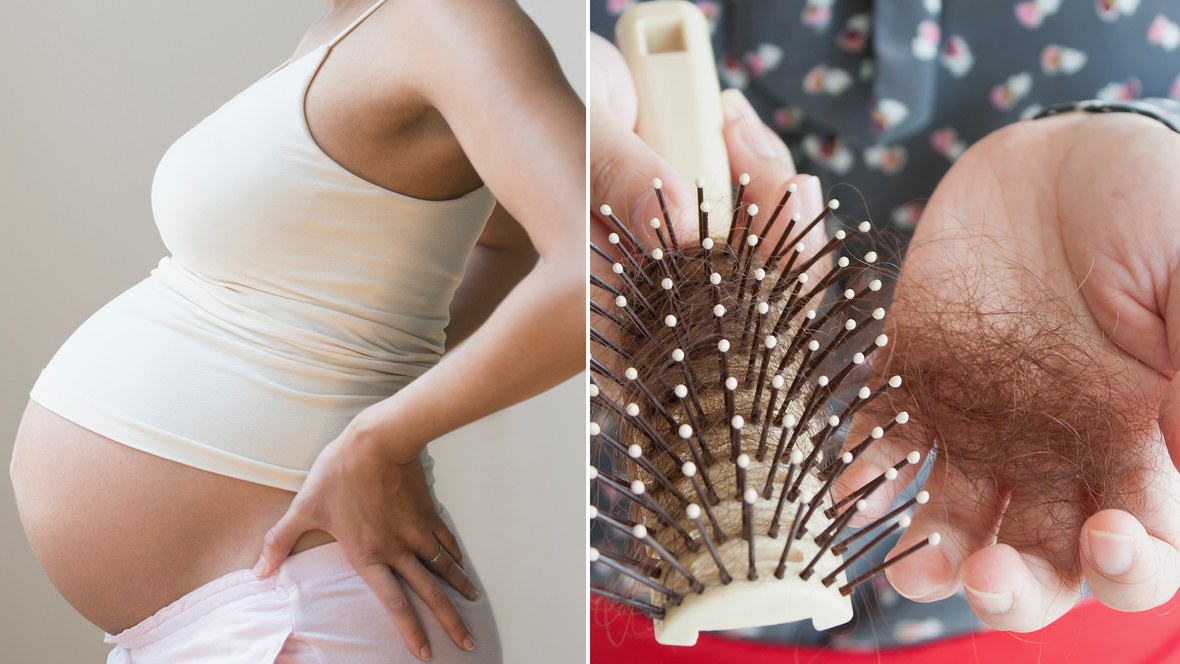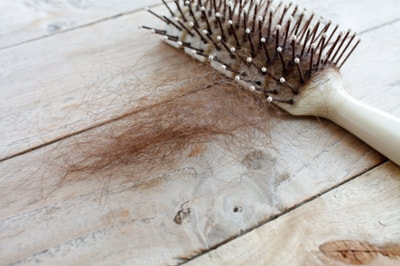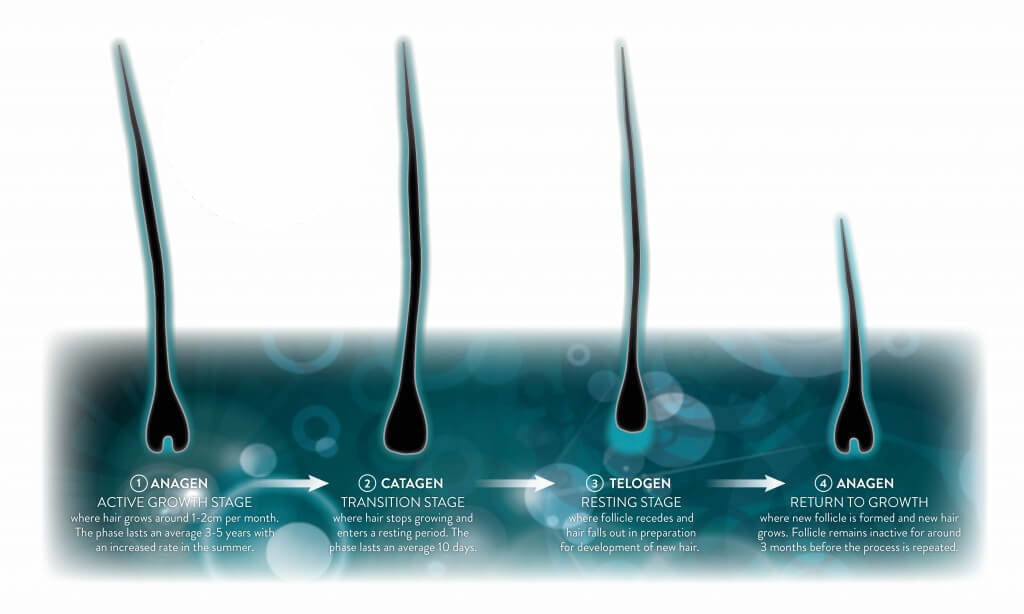|
Sheep wool provides clues
There has been no research that explains what gives the curl to curly hair. To understand this, the researchers looked at the microscopic structure of the hair and measure the individual hair cells in the curly hair that could explain the curls. However human hair was found to be too thick for these experiments. So as a next step they looked at naturally curly hair or wool from six Merino sheep from New Zealand. This provided them with the answers they were looking for. The study results were published this week in the latest issue of the Journal of Experimental Biology. The key finding from the experiment was that in hair that was curly, the cells that are outside the curls are longer than those that are inside. In straighter hair the cells in both outer and inner sides were similar in length. This has been seen at least in the sheep’s wool say experts and they believe that similar findings may be expected in humans. The cell length inside and outside of the hair bends thus determine the curliness of the hair. This, say researchers, could pave way for new hair care and styling products that could provide longer lasting curls or straightened hair. Cosmetics company, Kao Corporation from Japan, part funded this study. Study’s lead author Duane Harland from AgResearch in New Zealand said that the reason why they chose sheep’s wool is because merino sheep wool is around five times finer than human hair but they have a similar biology. Thus this wool could act as a reliable hair model. Dr Harland said these fibres are of different sizes but are still relevant to human hair and additionally microscopes can penetrate more easily through the finer fibres of the hair to see the individual hair cells and gauge their differences. He explained that in order to understand and count the cells there has to be thin layers and minimal cells. Also the merino wool has no pigments and is transparent. This makes the cells better visible than human hair. He explained that hair is made up of keratin protein. Within the hair there are parallel strands of this protein called the paracortical cells. There are also orthocortical cells that have twisted fibres of keratin protein. These orthocortical cells are outer cells that are longer while the paracortical cells are shorter. This could explain the curliness. The design is similar to an archway he said. For the study the team sheared 6 merino sheep. They had kept the sheep in identical conditions for past 6 months. From the wool they chose 700 fibres for the experiment. Each of these was five micrometres or less in diameter and half a centimetre in length. The washed the fibres to remove the lanolin coating over them and revealed the natural state of the fibres. After drying them over a vibrating surface to prevent adhesion or kinking they were cut and examined under the microscope using electrostatic forces. They cannot be picked up individually said Dr. Harland because that would damage their insides. Now under the microscope they could measure the curvature of the fibres and look at their cell structure. They noted from their observations that the orthocortical cells lay on top of the fibres and were longer than the paracortical cells at specific locations. Where the orthocortical cells were longer, the hair tended to curl. More studies are necessary to understand how these differences in length are important. Genetics of hair curling also needs to be studied he said. This article first appeared on News - Medical - Life Sciences
0 Comments
To plug or not to plug? That is the hairy question all men must one day face. To start, I’m a twenty-seven year old who’s been perpetually balding since I was 18. It began when I reached my genetically predisposed peak of “growing my hair out” while in Uni. I had a supportive ex, who in retrospect, must have truly loved me for the sheer fact that my hair looked quite appalling. He never spoke a word of my balding nature (note: he is colourist in Manhattan), and it wasn’t until my 40-something fill-in mum friend told me, “Honey, your hair looks like shit”, that I came out of the dark to accept that fact that I…in the prime of my youth…was balding. Maybe that’s why I was given this piece to write in the first place. Does everyone at the D’Marge office have a beautiful head of hair? Do they not suffer from male pattern baldness? Is this a way for the beloved team to suggest I get hair plugs? All these questions quickly came to mind when I saw this topic pop up in my inbox. Anyway, here we are. And as I sit here, with a cold draft passing over my nearly bald scalp, I can’t help but wonder if now is the time for hair plugs. Considering The Final Plug I can’t lie. The word “hair plugs” carries negative stigma in my mind. It reminds me of my poorly groomed, Larry David-esque uncle from the Bronx who smokes one too many cigarettes on his sun-faded plastic patio furniture. He’s the candidate for hair plugs…not me. You love him, but you can’t help but to notice the 7 slicked over hairs that fail to cover a polished scalp. Hair plugs…plugs…gah. As a stickler for words, some I just can’t get down with. But when presented in different context, the idea of “plugging” my dead follicles doesn’t sound all too awful. I knew if I were to go forward with this thought, I’d have to designate its alternative terms, such as “hair transplant surgery” or “hair restoration”. Just please, don’t make me call it a hair “plug”. Knowing The Procedures After I was able to come to fruition with this, I reached out to my cousin Tommy who does plastic surgery on Long Island. He doesn’t do hair transplants specifically, but I knew he’d have the information I needed to determine if I wanted hair revival or not. There’s a few different ways to do it that did not sound appealing whatsoever: “flap surgery”, “tissue expansion”, “scalp reduction”…what the actual f*ck? But what truly resonated, and what is most common, was hair transplantation, a technique briefly referred to before. The process is pretty simple. Someone who’s not my cousin uproots small pieces of lush hair from a donor site, and uses it as a graft to be implanted at the dead zone. It’s either that or I opt to tattoo hair onto my bald head. My body is already 25% covered in ink – I don’t need any more unless it’s truly a work of art I can admire everyday. My dead zone is front-and-centre, Larry David style (thank you genetics), male pattern baldness. Because I have thick hair that covers the rest of my scalp, my cousin suggested that I’d make a brilliant candidate for transplant surgery. He’s got mates that do it and I actually went ahead to schedule a consultation with one of them. Letting Go Of Your Insecurities Do I feel vain or any less masculine because I want my hair back? No. Am I embarrassed to say I am considering plastic surgery for my hair? Absolutely not. I don’t believe a guy should feel discerned because he wants to have a full head of hair again. Quite frankly, the main reason I haven’t thought about hair plugs…I mean, hair restoration surgery, is because I’ve grown used to my bi-weekly buzz. It works for my all-black, Doc Marten yielding winter-fall get up, as well as my achromatic grey, essential-only summer-spring style. I’ve grown comfortable with the low maintenance and clean look of nearly bald head. But maybe now is the time for a change of style? Not in my clothes, but in my hair. While I don’t plan to look like Thor, more because I’m convinced I genetically can’t, a tapered comb-over with messy, long layers would be a nice change in contrast the utilitarian look I’ve been carrying for quite some time. So in short my answer is, yes, I would get hair transplant surgery – with not an ounce of shame, vanity, or de-masculisation. And I extend that same gesture to you out there, you balding wonder. This article first appeared on D'Marge Here are a few articles I've shared on my Facebook Page about hair transplants. Jeremy McConnell shows off shocking blood-stained face after undergoing hair and beard transplant in Turkey Alex Beattie gets a HAIR TRANSPLANT in a bid to 'improve his confidence after being bullied' And Yes, even Prince Harry. Prince Harry to spend huge sum of money on hair transplant Being a new mom can be one of the most emotionally rewarding — and challenging — experiences a woman faces. And while you may have anticipated your body to go through a whirlwind of changes, you may not have expected your hair to start falling out in clumps. Also referred to as postpartum hair loss, telogen gravidarum, and telogen effluvium, excessive hair shedding after childbirth (which would occur anywhere between two and four months after giving birth) can affect between 40 and 50 percent of women, according to statistics from the American Pregnancy Association. “When a woman is pregnant, she has a lot of extra hormones in the body, including estrogen,” says Christine Carlan Greves, a board-certified obstetrician and gynecologist in Orlando, Florida. “The estrogen helps protect us from losing our hair. Then when she has the baby, there’s a sudden change in the hormone levels, including a drop in the estrogen. And this shift can cause a response in the body that may affect the hair cycle.” In fact, Greves adds that breastfeeding can also contribute to hair shedding because it increases prolactin levels (the hormone produced in the pituitary gland that is responsible for breast milk production), which is associated with hair loss as well. Margarita Lolis, a board-certified dermatologist who practices in New York and New Jersey, explains there are three different stages of hair growth: anagen (the growing stage), catagen (the intermediate period during the growing stage), and telogen (the resting or shedding stage). “In telogen effluvium, all the stages synchronize, so you’re seeing the hair fall off,” she states. While post-baby hair shedding cannot be prevented, the good news is that it’s a temporary condition that usually corrects itself by your little one’s first birthday. In the meantime, Lolis shares tips for promoting new growth and treating your hair with TLC during this sensitive time. Use a volumizing shampoo. These products tend to contain dimethicone, which is a silicone-based polymer. “This ingredient coats and seals the hair, which makes it look healthier and fuller,” she says. Condition the “light” way. Lolis suggests avoiding shampoos and conditioners labeled “conditioning” since these heavier products will weigh the hair down. “When you use conditioner, just condition the roots and not the scalp for the same reason,” she adds. Stimulate your scalp. She advises using Restorsea Revitalizing Scalp Treatment, which is made from an enzyme that a baby salmon releases at birth. “This spray helps clear all the dead skins around the hair follicles, helping the hair follicles to stay open.” Keep in mind, this product is only available through licensed physicians. Sport softer hairstyles. “Avoid pulling your hair back tightly because that traction can lead to hair loss,” notes Lolis. If you’re longing for an updo, use a bandana or scarfover your head. Consider supplementing. While biotin seems to get most of the attention, Lolis recommends the hair supplement Nutrafol. “It contains enzymes that are naturally found in the body, which help to promote hair growth,” she explains. This article first appeared on Allure Shocking footage of stylist pulling out huge clumps of a client's locks reveals the true extent of post-natal hair loss Read more: http://www.dailymail.co.uk/femail/article-5152277/New-mother-shares-shocking-video-postpartum-hair-loss.html#ixzz58EknLFTG What do Dwayne Johnson, Patrick Stewart, Vin Diesel, and LL Cool J have in common? They all have been listed as some of the world’s sexiest leading men, and they all sport a bald head. Although any of them could successfully represent a “Bald is Beautiful” campaign, most people facing hair loss are desperately seeking ways to salvage what strands are still connected to their head.
According to The Washington Post, American hair loss sufferers spend more than 3.5 billion dollars a year in an attempt to treat their hair loss. Unfortunately, 99 percent of all products being marketed in the hair loss treatment industry are completely ineffective for the majority of those who use them. Most of us normally shed 50 to 100 hairs a day. This loss of hair generally does not cause thinning of hair because at the same time new hair is growing on your scalp. But sudden hair loss is something to take seriously. This loss of hair occurs when the cycle of hair growth and shedding is disrupted or when the hair follicle is destroyed and replaced with scar tissue. But what about the gradual loss of hair? The moments when you can’t help but notice the pile of hair in the shower drain or your hair brush. Are these people doomed to a life of lacking luscious locks? Watch for Early Signs Gerald G. Krueger, MD, an expert in the diagnosis and treatment of psoriasis and hair loss with University of Utah Health, doesn’t think so. The key is to look for early signs. “For women, they may notice that their ponytail requires more wraps with a hair elastic, or it dries quicker,” Krueger says. He adds that is important to note when your hair feels finer or doesn’t hold a curl like it once did. These are both early signs of hair loss. In men, signs of hair loss can occur as early as middle school. “Hair loss occurs 5 to 10 years sooner in men than in women,” Krueger says. It’s important to catch signs early because once the hair follicle stops producing hair, it cannot recover. Understand the Hair Growth Cycle People have receptors in the hair-making cells, and these specialized receptors are distributed all over the scalp. Every three to five years, this hair-growth cycle gets shorter, and the hair follicle itself gets thinner. Blame Genes In 2005, German researchers uncovered a hair-loss gene that is carried by an X chromosome from our mothers. Then in 2008, a second gene involved in hair loss was discovered that indicated baldness could come from either parent. “Thirty percent of the population of men and women have heritable causes of hair loss,” Krueger says. “It’s called, Androgenetic Alopecia. And, as far as we know, the mechanisms beyond androgens are likely the same in men and women.” The good news is that the threat of hair loss subsides as we age. “If you don’t have balding onset before age 35, you’ll likely never have balding on top.” Look to Proven Solutions For the past twenty years, Krueger has been treating men and women who are living with hair loss. Despite the flood of hair treatment products, only a handful of treatments have been proven effective to help hair grow back. “Rogaine, either taken in pill form or used topically is effective,” Krueger says. “As are hair transplants.” Originally developed to treat men suffering from an enlarged prostate gland, finasteride was found to encourage hair growth. It is distributed under the brand names of Proscar and Propecia. Along with Finasteride, Minoxidil is the only other FDA-approved treatment for hair loss. Millions may be living with thinning hair, but that doesn’t mean they have thinning hopes that a solution to effective hair loss treatment is right around the corner. Further research is exploring the results of physiopathological pathways, genetic and cell behaviors that may provide a permanent cure for hair loss. This article first appeared on HealthFeed University of Utah 3/10/2018 Why Does Hair Thin?Your hair is full of a protein called keratin, this is made in hair follicles in the outer layer of skin. As follicles regenerate hair cells, old and existing cells are being pushed out through the surface of the skin; this is usually at a rate of roughly six inches per year. The hair you can see coming out of your hair is, in fact, a string of dead keratin cells. The typical adult head has about 100,000 to 150,000 hairs and leaves behind up to 100 of them in a day. Loosing a few on your pillow or in your brush is not cause for concern. It is also important to understand that each hair follicle is independent to each other and goes through its growth cycle at different times; such as an active growth cycle and a resting cycle. The Facts
About 85% of men will have major hair thinning by the time they’re 50. Some guys start to lose theirs before they turn 21. But what makes us lose our hair at a faster rate?
This information is from MR Jamie Stevens |
Hair by BrianMy name is Brian and I help people confidently take on the world. CategoriesAll Advice Announcement Awards Balayage Barbering Beach Waves Beauty News Book Now Brazilian Treatment Clients Cool Facts COVID 19 Health COVID 19 Update Curlies EGift Card Films Follically Challenged Gossip Grooming Hair Care Haircolor Haircut Hair Facts Hair History Hair Loss Hair Styling Hair Tips Hair Tools Health Health And Safety Healthy Hair Highlights Holidays Humor Mens Hair Men's Long Hair Newsletter Ombre Policies Procedures Press Release Previous Blog Privacy Policy Product Knowledge Product Reviews Promotions Read Your Labels Recommendations Reviews Scalp Health Science Services Smoothing Treatments Social Media Summer Hair Tips Textured Hair Thinning Hair Travel Tips Trending Wellness Womens Hair Archives
April 2025
|
|
Hey...
Your Mom Called! Book today! |
Sunday: 11am-5pm
Monday: 11am-6pm Tuesday: 10am - 6pm Wednesday: 10am - 6pm Thursday: By Appointment Friday: By Appointment Saturday: By Appointment |








 RSS Feed
RSS Feed